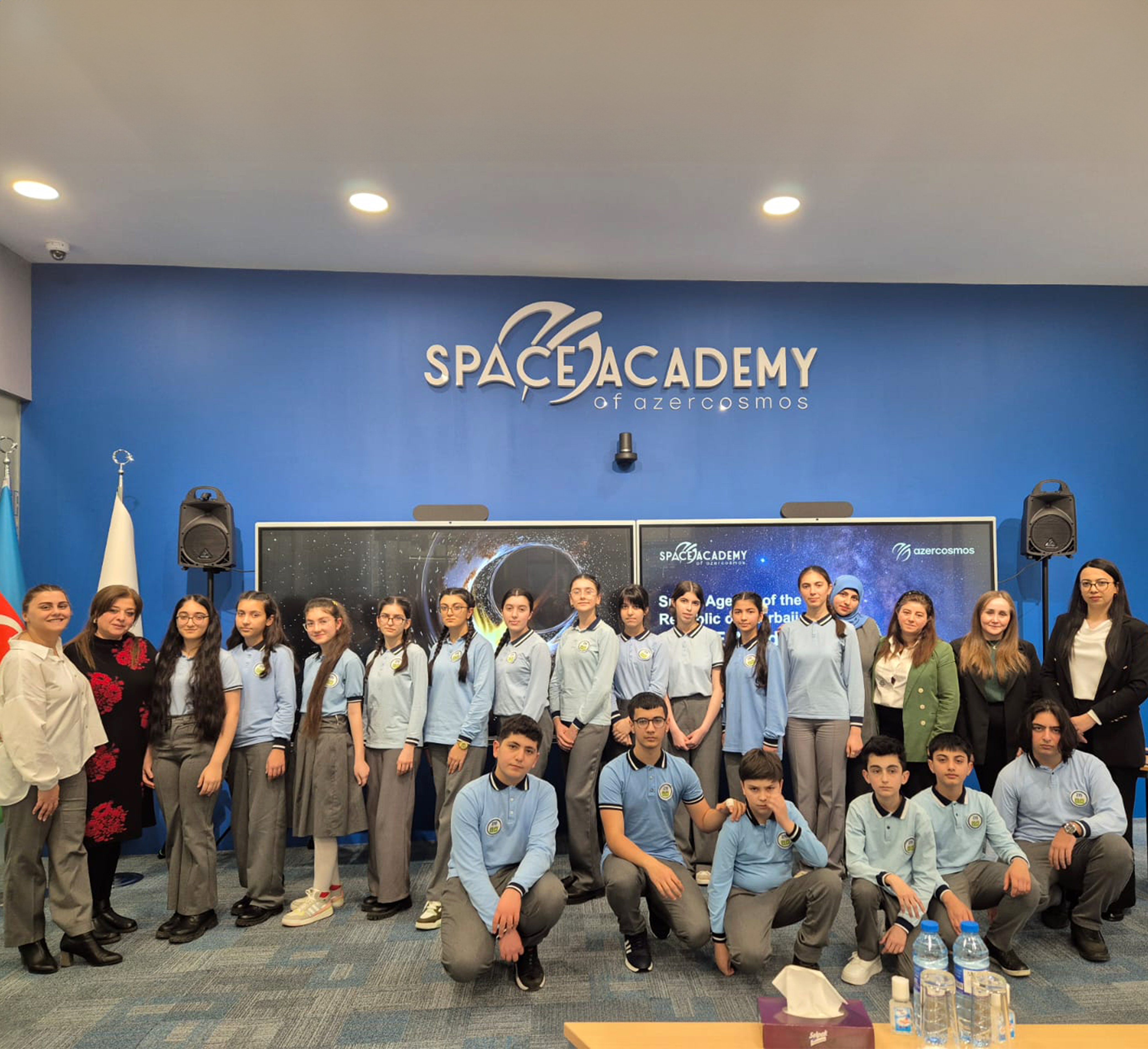
Results of the 3rd Stage of the International Space Olympics were announced
On March 3, 2025, the 3rd stage of the International Space Olympics concluded, and the tasks completed by school teams were evaluated by experts of the National Organizing Committee according to specific criteria.
As part of the 3rd stage, students were required to design a 3D model of the space stations they developed. The models incorporated both internal and external features of the stations. While executing the task, students focused on key aspects such as life support systems, construction materials, and the functionality of the station in space. They presented unique concepts that prioritized sustainability, comfort, and the needs of future space explorers. Using the digital modeling tool Tinkercad, students created space station designs that met specific requirements in terms of functionality and innovation.
In the second task, students presented commands via chatbot to support station management, respond to questions, and handle emergency situations, and they achieved measurable results. By creating detailed instructions and scenarios, they demonstrated creativity and problem-solving skills. Additionally, students offered virtual technical support assistance and provided educational resources on space exploration.
For the third task, students selected materials to be used in their space station designs and tested their durability. They wrote detailed reports explaining their experimental procedures and hypotheses and conducted tests to assess the materials' suitability for space conditions. Through video presentations of their experiments, they demonstrated their ability to analyze the reliability and safety of the selected materials.
In the fourth task, students studying in different countries acted as "ambassadors" and presented the features of their school teams' space stations in the context of international collaboration. Through global cooperation and communication, students highlighted the innovative designs, life support systems, and energy solutions of other teams, while also noting each project's strengths and distinctive features. The teams not only showed technical knowledge about space stations but also demonstrated creative problem-solving abilities.
Within the framework of this stage of the Olympics, students had the opportunity to develop skills for future careers in space exploration and technology, apply their scientific knowledge, and gain international experience by strengthening teamwork and collaboration on a global scale.
As a result of the 3rd stage of the International Space Olympics, which involved 35 general education institutions, 14 schools have earned the right to advance to the final national stage.